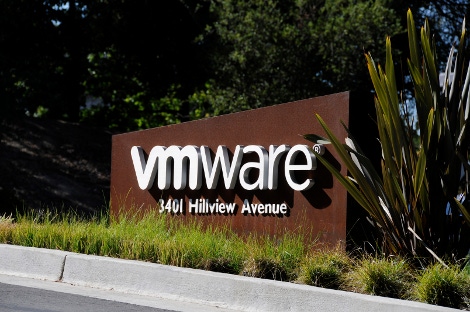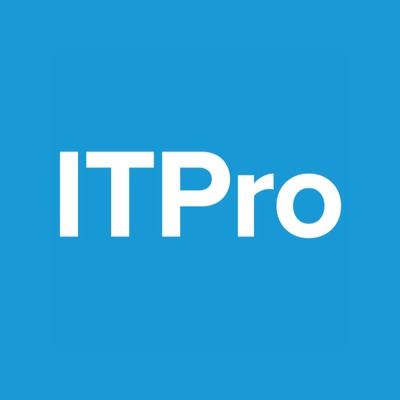VMware Updates vSphere and vSAN for Multi-cloud EnvironmentsVMware Updates vSphere and vSAN for Multi-cloud Environments
Enhancements to vSphere mean it's faster to complete processes and roll out updates or patches.
April 21, 2018

VMware has updated its vSphere and vSAN products, introducing compatibility with multi-cloud hybrid environments.
VMware Sphere 6.7 crosses the boundaries between on-premise and public cloud environments, offering visibility and management of vSphere running on a wide range of platforms such as AWS, IBM Cloud and other VMware Cloud Provider Program partner clouds.
ESXi Single Reboot and vSphere Quick Boot will reduce the time it takes for businesses to roll out patches and upgrades, with only one reboot required to complete the process. Performance will be boosted thanks to the utilisation of persistent memory and used alongside the enhanced vCenter Server Appliance, it will provide 200% faster performance in vCenter operations per second compared to vSphere 6.5.
Trusted Platform Module (TPM) 2.0 Support and Virtual TPM 2.0 will add extra security for both the hypervisor and the guest OS.
Additions in VMware vSAN 6.7 include support for HTML5 clients and the ability to monitor and control multiple hyperconverged infrastructure environments. VMware has introduced six new dashboards for monitoring a wider range of parameters, including capacity, performance, KPIs and alerts without a separate vRealize Operations licence.
HCI support has been extended to applications such as Cassandra, Hadoop and MongoDB, making it a more suitable option for those using alternative environments for their cloud applications. Should a hardware failure occur, vSAN 6.7's self-healing capabilities will kick in, minimising disruption.
“The continued innovation in our award-winning compute and HCI portfolio makes the hybrid cloud a reality for our customers,” said Rajiv Ramaswami, COO of Products and Cloud Services at VMware. “The rapid adoption of vSAN, coupled with longstanding vSphere leadership is a testament to the importance of a digital foundation that extends from on-premises to the public cloud.”
Read more about:
ITPro TodayAbout the Author
You May Also Like









